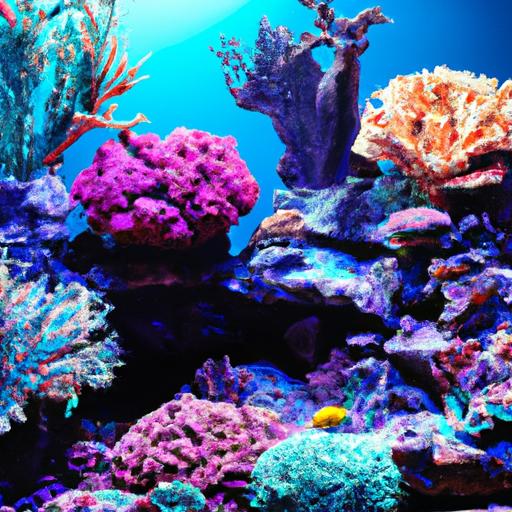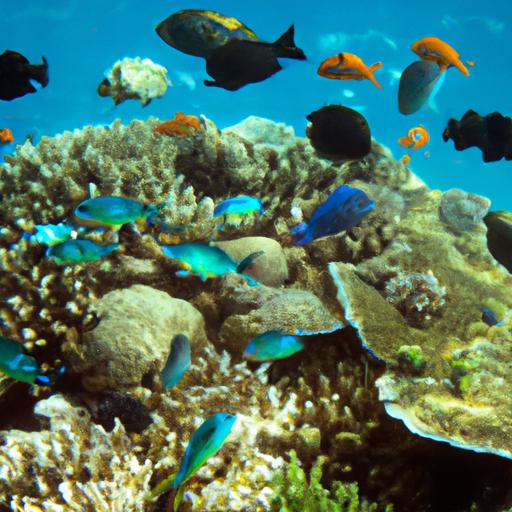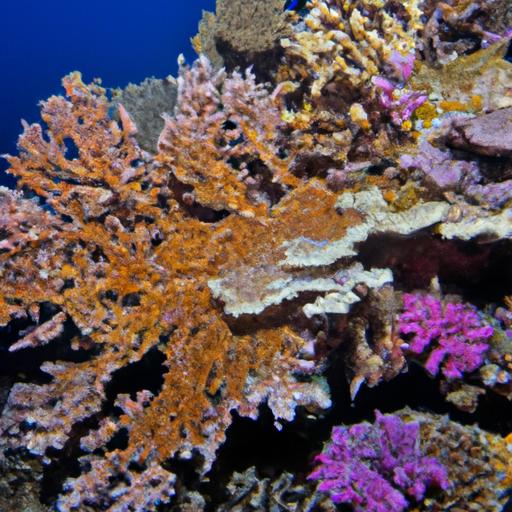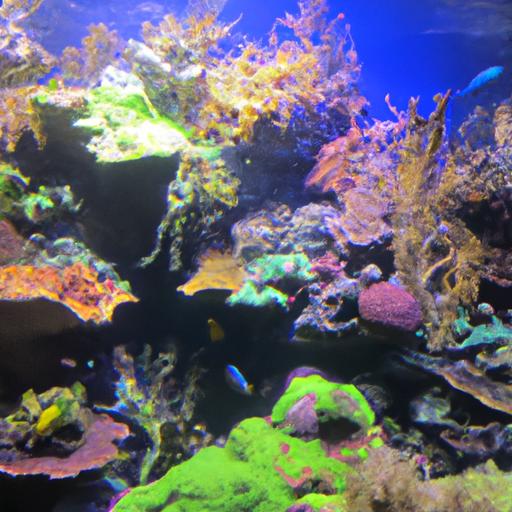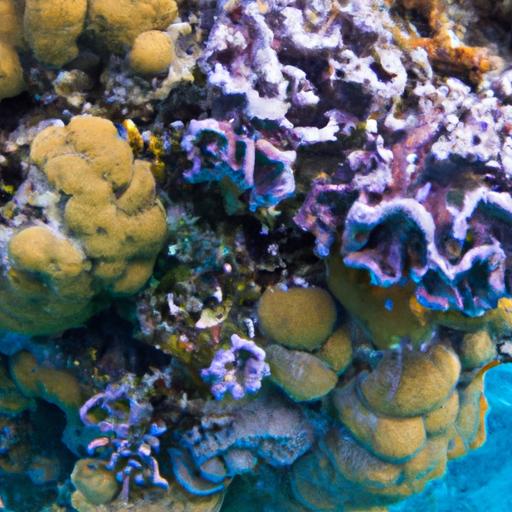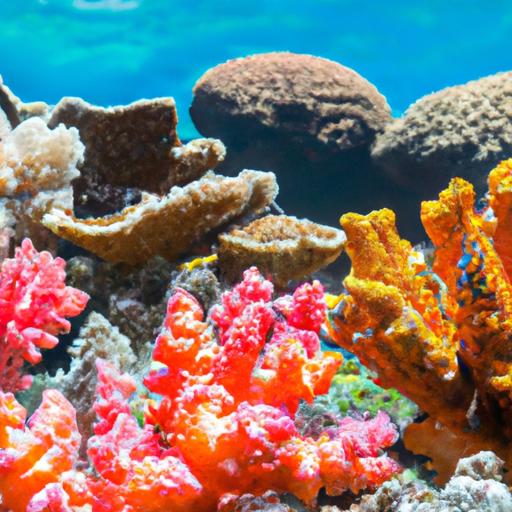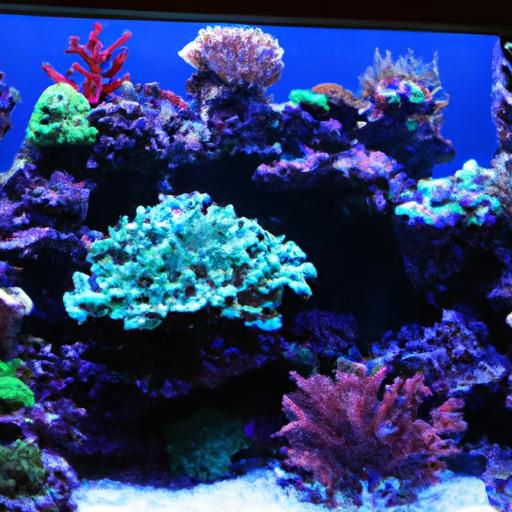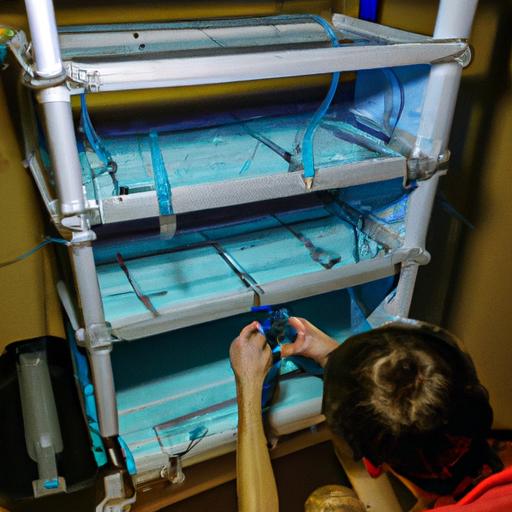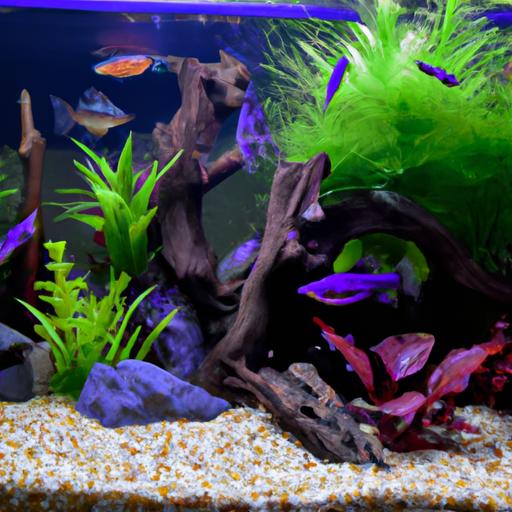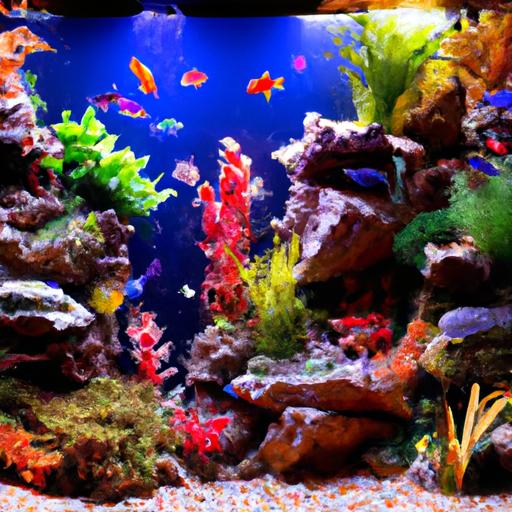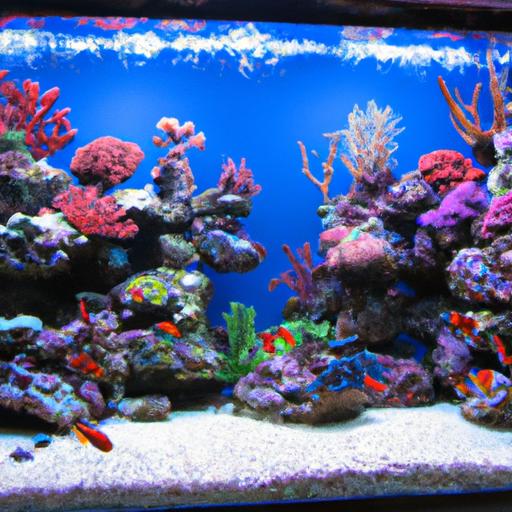
Coral Coloration: Factors Influencing Vibrant Hues
Discover the secrets behind vibrant coral coloration! Explore the factors influencing hues in corals, from light and temperature to symbiotic algae.
Introduction
Coral reefs are not only breathtakingly beautiful but also play a vital role in our marine ecosystem. The vibrant hues exhibited by corals have long fascinated scientists and nature enthusiasts alike. Understanding the factors that influence coral coloration is crucial for the preservation of these delicate ecosystems. In this article, we will delve into the various factors that contribute to the stunning coloration of corals, from the role of symbiotic algae to the impact of light intensity, water temperature, and nutrient availability.
Factors Affecting Coral Coloration
The Role of Zooxanthellae
One of the key factors influencing coral coloration is the presence of zooxanthellae, a type of symbiotic algae that lives within coral tissues. These tiny algae provide corals with essential nutrients through photosynthesis, and their pigments contribute to the vibrant colors visible in corals. The specific species and density of zooxanthellae can influence the range of colors displayed by corals, from bright blues and greens to intense reds and oranges.
The Influence of Light Intensity and Quality
Light plays a crucial role in coral coloration. Corals thrive in clear, shallow waters where sunlight can penetrate effectively. The intensity and quality of light affect the pigmentation of both corals and their symbiotic algae. Light helps trigger the zooxanthellae to produce pigments, giving corals their characteristic colors. Different wavelengths of light can also influence the colors displayed by corals. For example, blue light penetrates deeper into the water, resulting in corals with blue hues. In contrast, red light is absorbed more quickly, leading to corals with warmer tones.
The Impact of Water Temperature
Water temperature is another crucial factor affecting coral coloration. Corals are sensitive organisms, and even slight changes in temperature can lead to bleaching, where corals expel their symbiotic algae and turn white. When corals experience stress due to high water temperatures, they lose their vibrant colors and become more susceptible to disease. Conversely, cooler water temperatures can enhance the intensity of coral coloration, making them appear more vivid.
Nutrient Availability and Coral Coloration
The availability of nutrients in the surrounding water can significantly impact coral coloration. Nutrients such as nitrogen and phosphorous are essential for the growth and survival of corals. However, excessive nutrient levels can lead to an imbalance in the symbiotic relationship between corals and zooxanthellae. This imbalance can result in reduced pigmentation and a bleached appearance in corals. Additionally, nutrient pollution from human activities, such as agricultural runoff and wastewater discharge, can negatively impact coral health and coloration.
FAQ about Coral Coloration
What is the primary function of coral coloration?
The vibrant colors displayed by corals serve multiple purposes. Firstly, they attract symbiotic algae (zooxanthellae) that provide corals with nutrients through photosynthesis. Additionally, bright colors can help corals camouflage and blend into their surroundings or serve as a warning signal to predators.
Do all corals exhibit vibrant hues?
Not all corals exhibit vibrant colors. Some species are naturally more subdued in coloration, displaying shades of brown or gray. However, the presence of vibrant hues can indicate healthy and thriving coral reefs.
Can coral coloration change over time?
Yes, coral coloration can change over time due to various factors. Changes in light intensity, water temperature, nutrient availability, and even natural aging processes can alter the pigmentation of corals. Environmental stressors can also cause corals to bleach and lose their vibrant colors.
How long does it take for coral coloration to develop?
The timeframe for coral coloration development can vary depending on the species and environmental conditions. Some corals may exhibit vibrant colors from a young age, while others may take years to develop their characteristic hues. Factors such as light availability and nutrient levels can influence the speed of coloration development.
Conclusion
Coral coloration is a fascinating and intricate aspect of these magnificent organisms. Factors such as the presence of symbiotic algae, light intensity and quality, water temperature, and nutrient availability all play a significant role in the vibrant hues exhibited by corals. Understanding and protecting these factors are crucial for the conservation of coral reefs and their ecological significance. By preserving the delicate balance of these ecosystems, we can ensure the continuation of their stunning coloration for generations to come.
Learn more about coral coloration and its significance in your aquarium!
